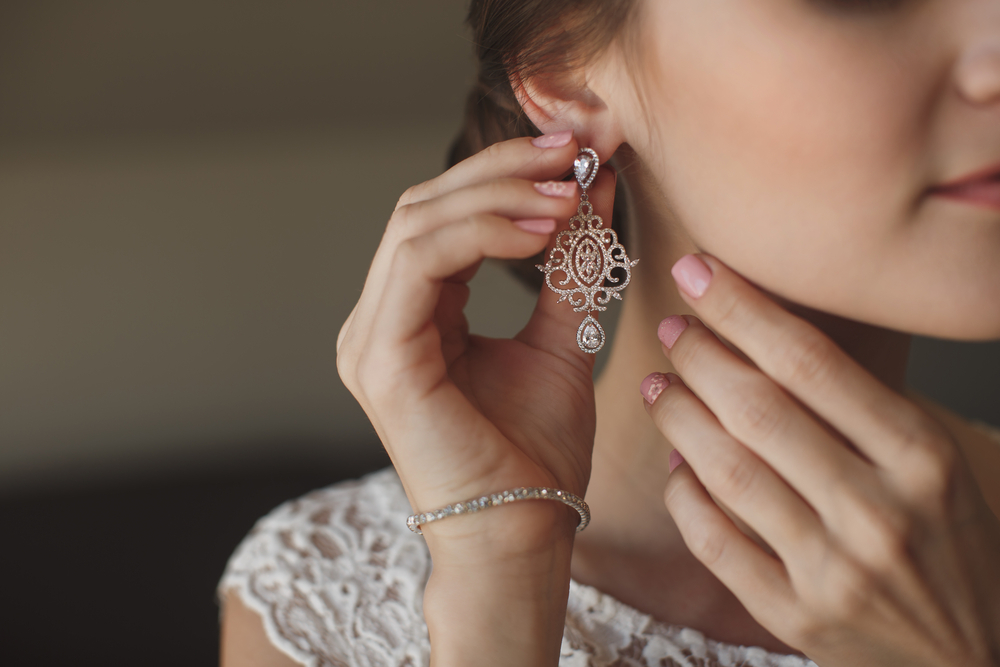FASHION
The Science Behind Jewelry Making

While we often don’t consider how jewelry makes its way to our bodies, it actually undergoes an extensive process that involves a lot of science and technology. From men’s bracelets to women’s earrings, skilled jewelry makers across the globe employ their knowledge to produce quality pieces. With the help of advanced software programs and hi-tech tools, the creative limits are being pushed and better craftsmanship is being enabled.
Although some traditional jewelry makers are adamant to maintain the old way of doing things, designers must embrace the industry’s innovation to progress forward. It can be tricky to embrace change in a positive light for any industry, but the latest technologies, including 3D printing, have optimized the design process to another level.
Jewelry making is an ancient craft, one that can be traced back to the beginning of humankind. As with everything, the art has evolved to become what it is today, which is predominantly tech-fueled. Despite this, the standard jewelry making techniques, such as soldering, piercing, and annealing will always have their place and even underpin the latest technological methods we know today.
The History of Jewelry Making
Jewelry making is an ancient craft, one that can be traced back to the beginning of humankind. As with everything, the art has evolved to become what it is today, which is predominantly tech-fueled. Despite this, the standard jewelry making techniques, such as soldering, piercing, and annealing will always have their place and even underpin the latest technological methods we know today.
Jewelry Materials
Historically, jewelry was exclusively crafted from metal, with the precious metals including silver, gold, palladium, and platinum. Meanwhile, non-precious metals include niobium, titanium, lead, nickel, tin, zinc, brass, and copper. Since, we’ve developed humanmade materials, such as plastic. As a result, the affordability of jewelry varies greatly, with some pieces being worth a few cents and others being priceless.

Platinum is the most expensive of the precious metals used in jewelry making and boasts a beautiful appearance, a resistance to rusting, and an unbeatable strength. In making platinum jewelry more affordable, new alloys have been developed, including palladium.
After platinum, gold is the most valuable metal used in jewelry making, being available in various colors, including yellow, white, and rose. Silver follows closely as a precious metal for jewelry making.
Designing and Modeling
Previously, hand-carved wax molds were used by jewelry designers to bring their designs ti life; however, computer-aided machinery (CAM) and computer-aided design (CAD) have since taken over. It’s true that hand tools still very much have their place in the industry, but the aforementioned tools allow for greater precision. What’s more, the time in which it takes to produce a piece of jewelry has been significantly reduced by CAM, not to mention made it much cheaper.
The Beauty of Lasers
Today, we print everything from food to organs, and jewelry is no exception. 3D printers have consolidated their place in the jewelry industry thanks to their precision and affordability when it comes to production costs. Similarly, 3D printers allow jewelry designers to see physical prototypes of their jewelry before landing on a final design. As a result, designers find themselves more impressed with their work, which leads to more satisfied customers.
Expert Craftsmanship
Expert craftsmanship will never not be the most important aspect of jewelry making; all that science and technology has done is made the process less time-consuming. The practices of the past will always influence those of the future, but the whole point of change is to progress forwards in terms of efficiency.
While today’s jewelry making can seem a million miles away from what it was 100 years ago, the development of the industry is by no means stunted. In the next 100 years, we’re sure to see further development, in which we’ll once again be a million miles away from the practices of today. In the following century, jewelry will be even more accessible, efficient, and beautiful than it is today.

-

 MORE3 months ago
MORE3 months agoKatie Cherkasky: A Trailblazer in Military and Civil Rights Law
-

 BUSINESS3 months ago
BUSINESS3 months agoDecomm: Mastering The Final Stage of Tech Lifecycles
-

 MORE3 months ago
MORE3 months agoLance Acord: Framing Emotion Through Cinematography
-

 GUIDE3 months ago
GUIDE3 months agoEnhancing Outdoor Adventures: A Practical Guide to UTV Accessories and Their Uses